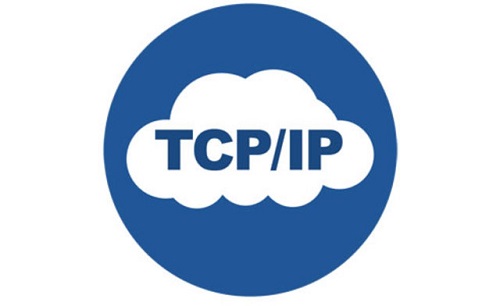Understanding TCP & IP - Internet Protocol

To understand the internet protocol you must first understand what the internet is. Mainly the internet is composed of groups of computers, each group may be represented by a street or a zone and theses groups are connected together through devices called gateways. When one computer in a zone wants to send data to another computer, it may be in the same zone or another zone and this computer may be a regular host or a server.
The device that connects these zones is called gateways or routers and the methods that they follow to send the data are called protocols. Each gateway may be configured to use a certain protocol but it must be the same among all the zones in order for work properly. If you have any sort of questions relating to where and how you can make use of my-ip, you could contact us at our web-page.
The internet uses what are called TCP/IP between these zones in order to send the data. The IP protocol is used to deliver the packet between the source and the destination based on IP addresses which is defined within the protocol. The ip addresses are 32 bits long and are separated in two parts: one part defines the zone or the area within which the host rely and the other part defines the host itself. This corresponds to street identification where we must identify the street name and the number of the house. The street name corresponds to the network address and the house number corresponds to the computer address.
Once the IP addresses are defined the gateways can use these addresses to forward the packets between the gateways until they arrive to the destination. Recall that these gateways are like airports which are used to travel between countries and the zones on the network correspond to these countries, so when the data travel between different zones they must first go to the gateways in order to be forwarded.
There are many protocols that can be used to forward the packet based on the IP addresses but they all share the same function. Some common names are RIP, OSPF, and IS-IS. Each one has its own characteristics from the point of view scalability, convergence, and memory size. When the packet arrives to the router, it checks the IP address and forwards it on a specific port depending on the address. Each packet may be forwarded to multiple ports but protocol chooses the best port. This process is repeated on each router while the packet is in its way to the destination.
